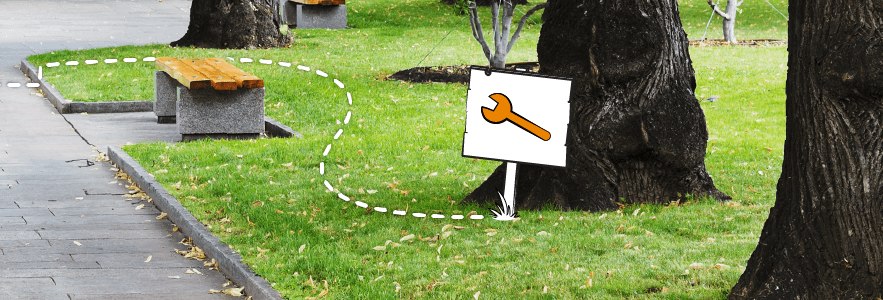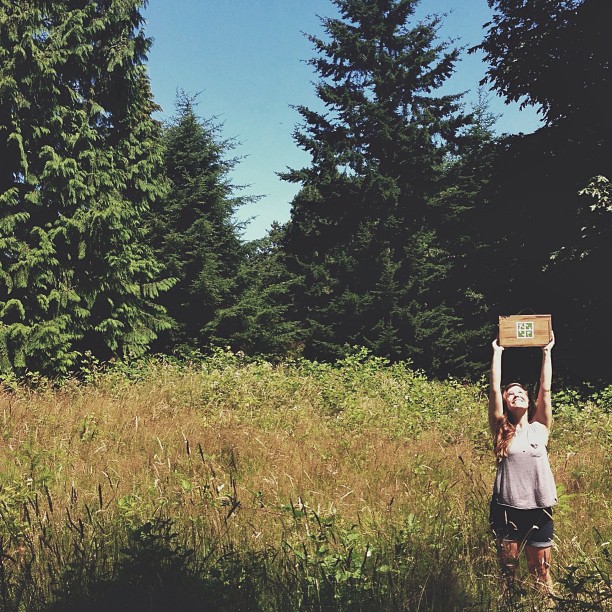
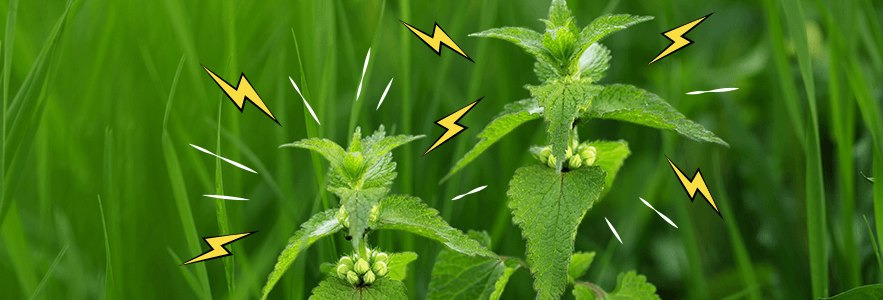 “Hey there Southern Hemisphere! This is the Northern Hemisphere calling. How’re things? It’s about the third week of May, and…well, we’d like our summer back.” Depending on what part of the world you’re in, the latitudinal phone call that happens around the fifth month of the year signals the start to another summer of geocaching. The longer days, the warmer air, the leafier hiding spots…It’s a season so ideal for geocaching it’s hard to imagine spending your time doing anything else.
“Hey there Southern Hemisphere! This is the Northern Hemisphere calling. How’re things? It’s about the third week of May, and…well, we’d like our summer back.” Depending on what part of the world you’re in, the latitudinal phone call that happens around the fifth month of the year signals the start to another summer of geocaching. The longer days, the warmer air, the leafier hiding spots…It’s a season so ideal for geocaching it’s hard to imagine spending your time doing anything else.
Though not to the degree of winter, even summer can have the pesky habit of preventing you from getting to GZ and finding a cache safely, effectively, and enjoyably. We’ve got some tips that will get you from working at cross-purposes with summer to working in tandem with it. (Assuming that is a thing.)
1) Make peace with your battery
Remember how we mentioned those longer summer days? They’re very good for longer sojourns into the wild, increasing your per-day find count…and draining your phone battery. Consider borrowing or purchasing a portable charger similar to this one available in Geocaching Shop, or this one on Amazon, to keep your phone from puttering to a halt at exactly the wrong moment. Compatibility with several types of devices is an especially useful trait when you’re geocaching with a group.
2) Ticks are not your friends
Bees, mosquitoes, thistles, and poison ivy are common culprits of summertime discomfort, but ticks should equally be on your radar. Although only a few of the many species of ticks found around the world can bite and transmit diseases to humans, those that do can really ruin your day. Here are some tips to avoid them:
- Check out a tick distribution map for your area, like this one for Europe and this one for the United States.
- To be extra vigilant, invest in a bottle of tick repellent.
- Since it’s not always possible to avoid the high grass or bushes when you’re searching for that cache, dress with ticks in mind. Geocaching HQ’er Heather suggests, “Tuck your pants into your socks to keep the ticks from crawling up your legs. You’ll look really cool, and you’ll be tick-safe.”
- Conduct a tick-check of yourself, your gear, and your pets after coming back inside.
- Tick-removal is an art. Know the correct technique.
3) Sunscreen is king
The sun’s rays may have a pleasing effect on the hue of your skin or the shade of your hair, but don’t make that a reason to forget the sunscreen on your geocaching adventure. Even if in the end you DNF, always protect yourself with SPF, preferably 15 or higher.
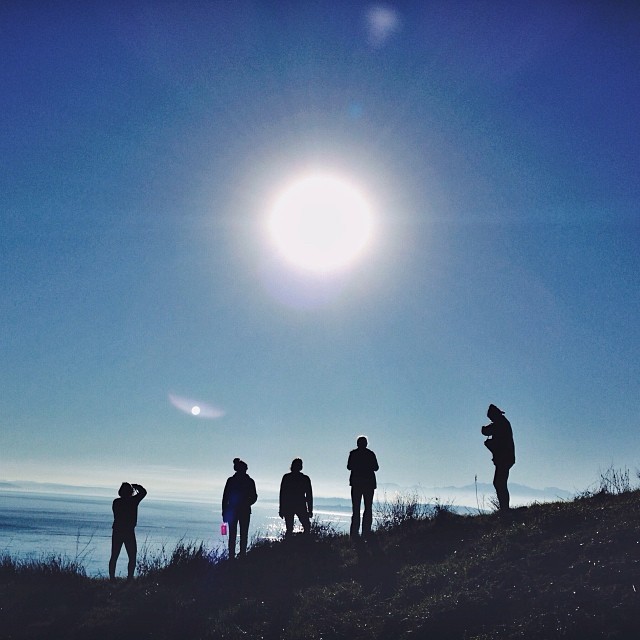
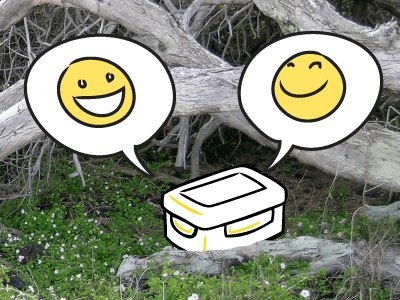


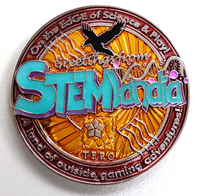


 Geocaching.com and the Geocaching apps will be temporarily offline on April 8. We’re adding horsepower and beefing-up* Geocaching.com and our apps. They’ll both be much more stable after the upgrade. The site outage is expected to run about six hours starting at about 2pm PDT (convert to your local time
Geocaching.com and the Geocaching apps will be temporarily offline on April 8. We’re adding horsepower and beefing-up* Geocaching.com and our apps. They’ll both be much more stable after the upgrade. The site outage is expected to run about six hours starting at about 2pm PDT (convert to your local time